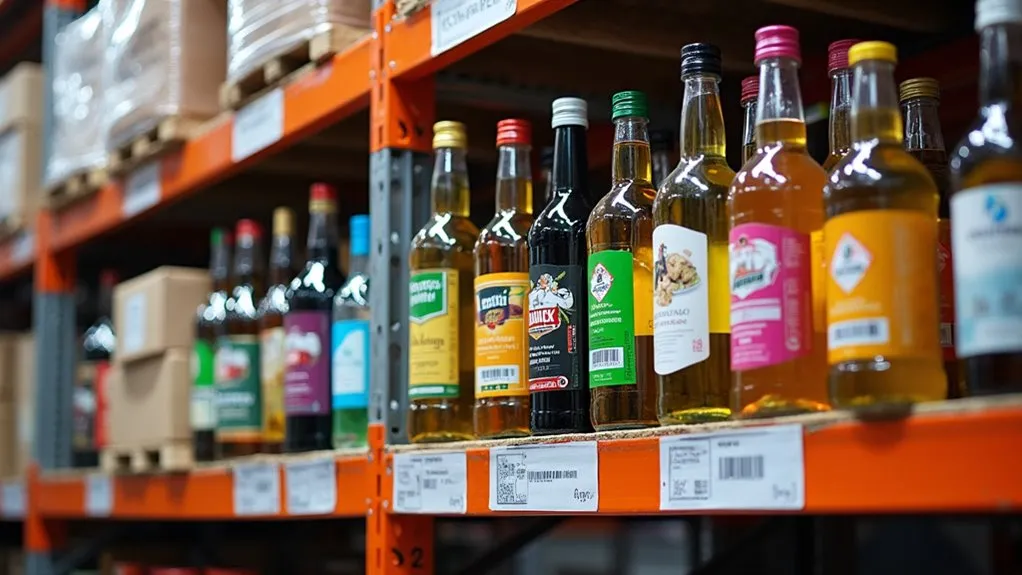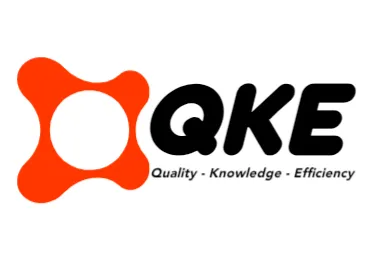Diversified labeling solutions refer to a strategic approach that offers a broad range of label products and services tailored to industries like retail, logistics, and healthcare. They incorporate various printing technologies, materials, and applications, addressing diverse needs from small custom runs to mass production. Their importance lies in reducing supply chain risks, enhancing innovation, and ensuring adaptability to market demands. Exploring further will uncover deeper insights into optimizing labeling strategies for business resilience and growth.
Key Takeaways
- Diversified labeling solutions offer a wide range of label products tailored to various industry needs.
- They incorporate multiple printing technologies and materials for versatile applications.
- These solutions reduce risks by using multiple suppliers and enhancing supply chain resilience.
- They drive innovation and cost efficiency through supplier competition and expertise.
- Their importance lies in adaptability, quality, and meeting dynamic market demands.
Understanding Diversified Labeling Solutions

What exactly are diversified labeling solutions, and why do they matter in today’s complex market? In essence, as per the Diversified Definition, these solutions refer to a strategic approach or provider offering a vast range of label products and services tailored to varied industry needs. They encompass multiple printing technologies, materials, and application types, addressing comprehensive labeling demands across sectors like retail, logistics, and healthcare.
A Solutions Overview reveals their depth, integrating advanced methods such as flexographic and digital printing, alongside converting processes like die-cutting and lamination. They cater to diverse order volumes, from small custom runs to mass production, using extensive material options and innovative technologies like RFID and variable data printing. Beyond basic labels, they provide specialized offerings, including sustainable materials and augmented reality labels, ensuring adaptability to unique client specifications. In a dynamic market, such versatility positions diversified labeling solutions as critical for meeting evolving demands with precision. Notably, with over 35 years of manufacturing experience, these solutions are backed by decades of expertise in delivering high-quality, custom-printed labels.
Benefits of a Multi-Supplier Approach

A multi-supplier approach to diversified labeling solutions offers significant advantages for businesses navigating complex market demands. By engaging multiple suppliers, companies achieve Risk Reduction through decreased dependency on a single source, ensuring backup options during disruptions like natural disasters or supplier outages. This strategy also enhances supply chain resilience by spreading geographic risks and providing flexibility to pivot as needed.
Moreover, it fuels an Innovation Drive as competition among suppliers encourages cutting-edge label technologies and specialized materials. Businesses gain access to diverse expertise, allowing them to match specific needs with supplier strengths. Key benefits include:
- Reduced Vulnerability: Mitigating risks by diversifying supplier bases against unforeseen challenges.
- Competitive Edge: Leveraging supplier rivalry to access innovative, high-quality labeling solutions.
- Cost Efficiency: Negotiating better pricing and terms across multiple providers for optimal value.
This approach ultimately empowers businesses with improved capacity, quality, and adaptability to meet dynamic market requirements effectively.
Key Factors in Implementing Label Diversification

Implementing label diversification requires meticulous attention to several critical factors to ensure seamless integration and market success. A cornerstone of this process is Strategic Planning, which involves thorough market research to identify opportunities, analyzing consumer preferences, and assessing internal capabilities like skills and resources. Clear objectives, such as sales growth or risk reduction, must be defined to guide the diversification strategy.
Equally vital is Production Integration, where businesses must invest in advanced labeling machinery and software to handle diverse needs, from variable data printing to different materials. Digital printing options enable customization and faster turnarounds, while ensuring compatibility with existing production lines is essential for efficiency. Additionally, compliance with regional regulations, cohesive design branding, and robust supply chain management are critical to avoid disruptions. By addressing these factors with precision, companies can achieve consistent quality and market relevance in their diversified labeling efforts.

 Tiếng Việt
Tiếng Việt 日本語
日本語 中文 (中国)
中文 (中国) 한국어
한국어
